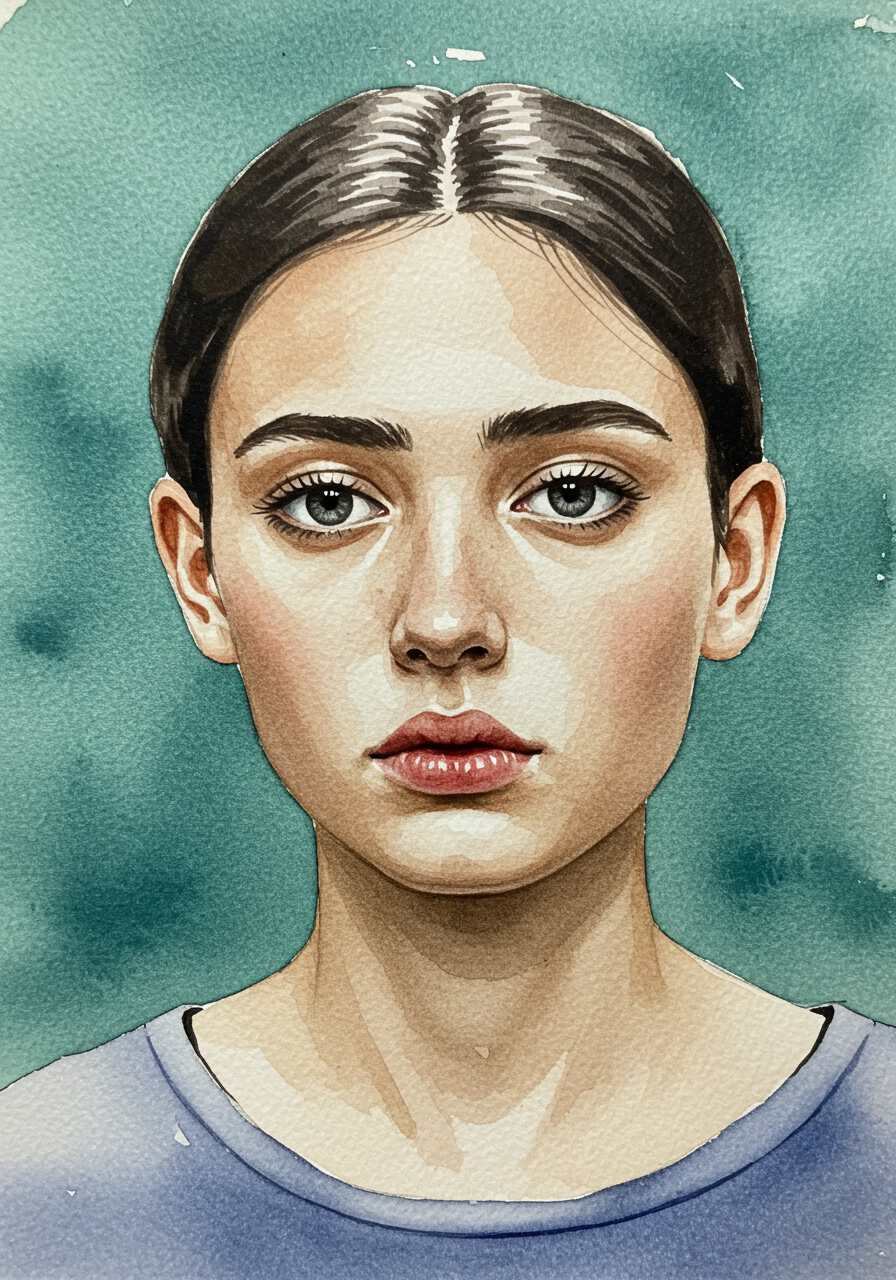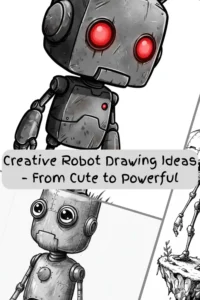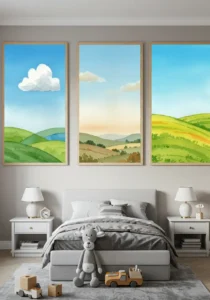Watercolor portraiture is a delicate art form that requires a balance between control and spontaneity. This balance is beautifully exemplified in the portrait under discussion, showcasing not only technical mastery but also emotional depth.
The portrait’s captivating beauty lies in its ability to convey a powerful expression through careful choice of color and expert brushwork, leaving a lasting impression on the viewer. It’s a testament to the artist’s skill in creating a piece that speaks without words.
Key Takeaways
- Watercolor portraiture demands a balance between control and spontaneity.
- The portrait showcases technical mastery and emotional depth.
- Careful color choice and expert brushwork are key to its beauty.
- The portrait conveys a powerful expression without needing words.
- It’s a testament to the artist’s skill in creating impactful art.
The Art of Watercolor Portraiture: Balance Between Control and Spontaneity
Mastering watercolor portraiture involves navigating the fine line between control and spontaneity to create captivating, emotionally resonant pieces. This delicate balance is crucial for capturing the subject’s essence and conveying a powerful expression.
Capturing Powerful Expressions and Emotional Depth
Capturing a subject’s emotional depth requires expert brushwork and a deep understanding of the subtleties of human expression. The artist must convey the subject’s personality and emotional state through the subtleties of facial expression and posture, creating a portrait that speaks without words.
Creating Effective Backgrounds That Enhance Without Distracting
A well-crafted background can significantly enhance the portrait, drawing attention to the subject without distracting from it. Opting for a minimalist background for maximum focus allows the subject to take center stage, ensuring the viewer’s attention is directed where it matters most.
By balancing control and spontaneity, and focusing on both the subject’s expression and the background, the artist can create a watercolor portrait that is not only visually stunning but also emotionally engaging.
The Silent Elegance: A Deep Dive into a Stunning Watercolor Portrait
Mastering the art of watercolor portraiture involves harnessing the unique characteristics of the medium to convey profound elegance. This mastery is not just about technical skill, but also about understanding how to balance control with spontaneity.
Mastering the Unforgiving Medium: Essential Techniques
Watercolor is known for being an unforgiving medium, requiring precision and planning. Essential techniques include understanding the behavior of water and pigment on paper, mastering wet-on-wet and wet-on-dry methods, and knowing when to let the medium work for you.
By practicing these techniques, artists can achieve the desired level of mastery of color and technique, crucial for creating captivating portraits.
Creating Luminous Skin Tones Through Layering
Achieving skin tones that glow with life is a hallmark of skilled watercolor portraiture. This is accomplished through a careful layering process, starting with soft, gentle washes that gradually build up to capture the subtleties of human skin.
Layering allows artists to introduce complexity and depth, making the portrait more engaging and lifelike.
Painting Expressive Eyes and Defined Lips
The eyes and lips are crucial elements in portraiture, conveying emotion and character. Expressive eyes and lips are achieved by paying close attention to the subtleties of expression and using a range of techniques to capture their nuances.
From the sparkle in the eyes to the curve of the lips, every detail contributes to the overall expression, making the portrait truly come alive.
Achieving Balance in Portrait Elements
Achieving harmony in a watercolor portrait requires a thoughtful balance of its elements. The artist must carefully consider each component to create a cohesive and captivating piece.
The balance is particularly crucial in the depiction of hair and clothing. Simplifying these elements can help draw attention to the subject’s face and expression.
Hair and Clothing: Techniques for Simplicity with Purpose
To achieve simplicity with purpose, artists can employ several techniques. For instance, using soft brushstrokes and gentle color transitions can create a subtle, nuanced portrayal of hair and clothing. This approach helps to avoid distracting details and maintains the viewer’s focus on the subject’s expression.
| Technique | Description | Effect |
|---|---|---|
| Soft Brushstrokes | Gentle strokes to capture texture | Subtle, nuanced portrayal |
| Color Transitions | Smooth transitions between colors | Harmonious, cohesive look |
Combining Contemporary Style with Timeless Appeal
Combining a contemporary style with timeless appeal is essential for creating a watercolor portrait that remains emotionally impactful over time. As art critic and historian, John Ruskin, once said, “The finest language is that which is the simplest.” This simplicity, paired with a modern aesthetic, results in a portrait that feels both current and enduring.
“The goal is to create a piece that transcends time, speaking to viewers on a deep, emotional level.”
By balancing contemporary elements with classic techniques, artists can craft portraits that are both visually striking and emotionally resonant.
Conclusion: Transcending Technique to Create Emotional Connection
A work of art that transcends technique is a true marvel, and this stunning watercolor portrait is no exception. Whether you’re an art enthusiast, a painter yourself, or simply someone who appreciates beauty, this portrait offers something to admire and remember. The delicate balance between control and spontaneity, the luminous skin tones, and the expressive eyes all come together to create a lasting impression.
The artist’s mastery of the unforgiving medium of watercolor has resulted in a piece that is both timeless and contemporary, inviting the viewer to form an emotional connection with the subject. As you reflect on the techniques and elements that make up this portrait, it’s clear that the true beauty lies not just in the technical skill, but in the way it resonates with the viewer on a deeper level.
FAQ
What makes the watercolor portrait so captivating?
The watercolor portrait is captivating due to its silent elegance, achieved through a balance of control and spontaneity in the artistic process, creating a powerful and emotional connection with the viewer.
How does the artist achieve a balance between control and spontaneity in watercolor portraiture?
The artist achieves this balance by mastering the unforgiving medium of watercolor, using techniques such as layering and subtle color choices to create a sense of luminous skin tones and expressive eyes.
What role does the background play in the overall impact of the portrait?
The background, a muted teal-green wash, plays a crucial role in enhancing the subject without distracting from it, creating a cool, peaceful environment that frames the face.
How does the artist create a timeless quality in the portrait?
The artist achieves a timeless quality by combining contemporary style with classical composition and a contemplative mood, making the portrait feel like it could belong to any era.
What techniques are used to create the expressive eyes and defined lips in the portrait?
The artist uses a mixture of gray, black, and subtle hints of blue to capture both light and emotion in the eyes, while the lips are painted with shades of rose, crimson, and soft brown, creating a subtle gloss effect.
How does the portrait convey emotion and identity?
The portrait conveys emotion and identity through the subject’s expression, posture, and the carefully chosen color palette, working together to tell a story without the need for words.



